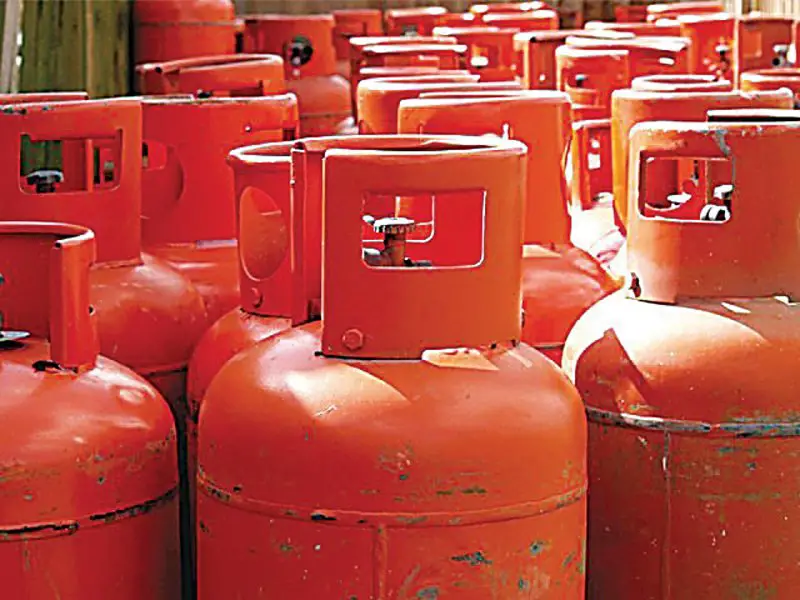Power shortage in Zimbabwe has pushed up imports of liquefied petroleum gas LP gas, mostly used as cooking fuel by 67 percent to 2,5 million kg per month from 1,5 million kg per month a year ago,data from energy regulator ZERA in Zimbabwe shows.
As state power utility Zesa Holdings fails to meet 50 percent of the 1 900MW electricity demand from domestic generation, power outages have already forced thousands of urban households to turn to fuel wood, a key source of deforestation.
And in a country where 60 percent of citizens are not connected to the electricity grid, urban households already consume one to 3 tonnes of fuel wood per year, and rural families more than double that, according to research by the University of Zimbabwe.
Should Zimbabwe’s 600 000 domestic electricity users all make the switch to LP gas for their cooking and heating, the equivalent of 120 megawatts could be saved each year, says Andrew Guri, a petroleum engineer with ZERA.
Combined with other national strategies aimed at boosting energy efficiency, such as ethanol blending and increasing investments in hydro and solar power, the switch to LP gas could have a dramatic impact on Zimbabwe’s climate goals.
In total, that will prevent the equivalent of 17 300 gigatonnes of greenhouse gas emissions by 2030, or a 33 percent cut by the same date, everything else in the economy remains constant, according to a Government plan drawn up under the Paris Climate Agreement.
Now, it has become clearer that LP gas isn’t just a viable alternative, but perhaps the only gateway to keep the cook stoves firing, and to cut the 9,4 percent share of electricity in the average family of six total monthly spend.
“Households are adopting LP gas as an energy source of choice due to its increased acceptance as a clean, efficient, portable and modern energy form,” Guri said.
ZERA continues to carry out awareness programmes on safe use of LP gas in the homes in the print and electronic media as well as at consumer engagement workshops countrywide
